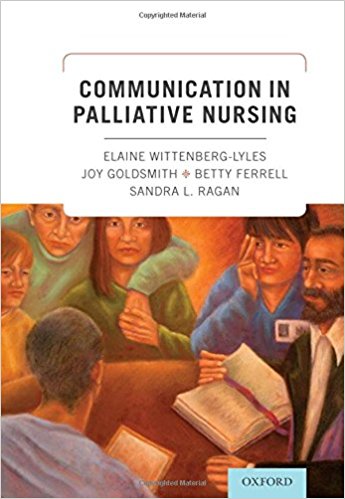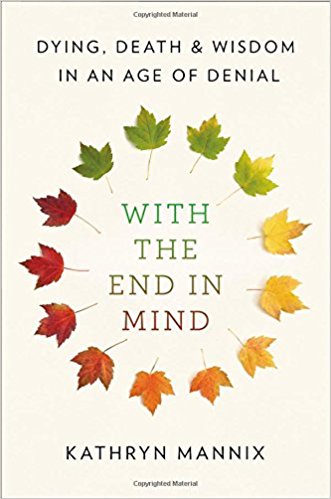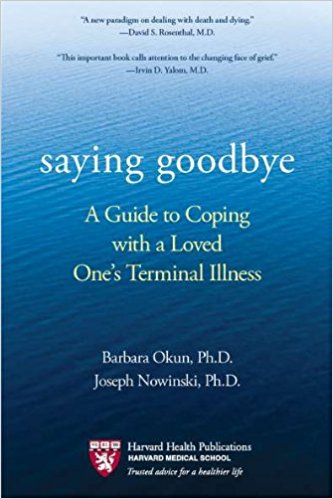BOOKS

Communication in Palliative Nursing
-Elaine Wittenberg-Lyles, Joy Goldsmith, Betty Ferrell, Sandra L. Ragan, 2012
 Communication in Palliative Nursing unites complementary work in communication studies and nursing research to present a theoretically grounded curriculum for teaching palliative care communication to nurses. The chapters outline the COMFORT curriculum, comprised of these elements: Communication, Orientation and opportunity, Mindful presence, Family, Openings, Relating, and Team communication. Central to this curriculum is the need for nurses to practice self-care.
Communication in Palliative Nursing unites complementary work in communication studies and nursing research to present a theoretically grounded curriculum for teaching palliative care communication to nurses. The chapters outline the COMFORT curriculum, comprised of these elements: Communication, Orientation and opportunity, Mindful presence, Family, Openings, Relating, and Team communication. Central to this curriculum is the need for nurses to practice self-care.
Based on a narrative approach to communication, which addresses communication skills development holistically, this volume teaches nurses to consider a holistic model of communication that aligns with the holistic nature of palliative care. This work moves beyond the traditional and singular view of the nurse as patient and family teacher, to embrace more complex communication challenges present in palliative care — namely, providing care and comfort through communication at a time when patients, families, and nurses themselves are suffering. In addition to collaborating with physicians, the nurse’s role involves speaking with patients and families after they have received bad news and often extends to discussions of spiritual and religious concerns. This book covers communication theory, clinical tools, and teaching resources to help nurses enhance their own communication and create comfort for themselves, as well as for patients and their families.
With the End in Mind: Dying, Death, and Wisdom in an Age of Denial
– Kathryn Mannix, 2018
 For readers of Atul Gawande and Paul Kalanithi, a palliative care doctor’s breathtaking stories from 30 years spent caring for the dying.
For readers of Atul Gawande and Paul Kalanithi, a palliative care doctor’s breathtaking stories from 30 years spent caring for the dying.
Modern medical technology is allowing us to live longer and fuller lives than ever before. And for the most part, that is good news. But with changes in the way we understand medicine come changes in the way we understand death. Once a familiar, peaceful, and gentle — if sorrowful — transition, death has come to be something from which we shield our eyes, as we prefer to fight desperately against it rather than accept its inevitability.
Dr. Kathryn Mannix has studied and practiced palliative care for thirty years. In With the End in Mind, she shares beautifully crafted stories from a lifetime of caring for the dying, and makes a compelling case for the therapeutic power of approaching death not with trepidation, but with openness, clarity, and understanding. Weaving the details of her own experiences as a caregiver through stories of her patients, their families, and their distinctive lives, Dr. Mannix reacquaints us with the universal, but deeply personal, process of dying.
With insightful meditations on life, death, and the space between them, With the End in Minddescribes the possibility of meeting death gently, with forethought and preparation, and shows the unexpected beauty, dignity, and profound humanity of life coming to an end.
At Peace: Choosing a Good Death After a Long Life
–Samuel Harrington, 2018
 The authoritative, informative, and reassuring guide on end-of-life care for our aging population.
The authoritative, informative, and reassuring guide on end-of-life care for our aging population.
Most people say they would like to die quietly at home. But overly aggressive medical advice, coupled with an unrealistic sense of invincibility or overconfidence in our health-care system, results in the majority of elderly patients misguidedly dying in institutions. Many undergo painful procedures instead of having the better and more peaceful death they deserve.
AT PEACE outlines specific active and passive steps that older patients and their health-care proxies can take to ensure loved ones live their last days comfortably at home and/or in hospice when further aggressive care is inappropriate.
Through Dr. Samuel Harrington’s own experience with the aging and deaths of his parents and of working with patients, he describes the terminal patterns of the six most common chronic diseases; how to recognize a terminal diagnosis even when the doctor is not clear about it; how to have the hard conversation about end-of-life wishes; how to minimize painful treatments; when to seek hospice care; and how to deal with dementia and other special issues.
Informed by more than thirty years of clinical practice, Dr. Harrington came to understand that the American health-care system wasn’t designed to treat the aging population with care and compassion. His work as a hospice trustee and later as a hospital trustee drove his passion for helping patients make appropriate end-of-life decisions.
Saying Goodbye: A Guide to Coping with a Loved One’s Terminal Illness
– Barbara Okun, Joseph Nowinski, 2012

 When someone you love receives a terminal diagnosis, the whole family is suddenly faced with a prolonged crisis. While medical advances have given us the gift of extending life, meaning that a loved one could survive months or even years before dying, it has also changed the way we grieve. Published in collaboration with Harvard Health Publications, Saying Goodbye guides you through this complex journey, offering hope and healing for those who may be “living with death” for an extended period of time.
When someone you love receives a terminal diagnosis, the whole family is suddenly faced with a prolonged crisis. While medical advances have given us the gift of extending life, meaning that a loved one could survive months or even years before dying, it has also changed the way we grieve. Published in collaboration with Harvard Health Publications, Saying Goodbye guides you through this complex journey, offering hope and healing for those who may be “living with death” for an extended period of time.